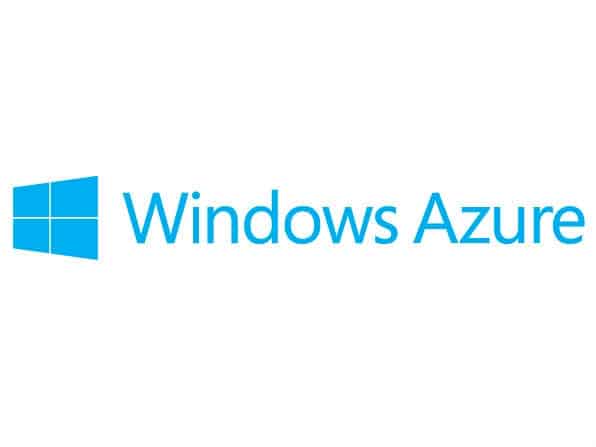
There is good news for SQL Server DBAs and also for other users who are interested in backing up their data to safe and reliable cloud storage.
Microsoft has announced a couple of days ago several new ways of backing up and recovering SQL Server databases to their online cloud-based storage platform and infrastructure system, Windows Azure.
Windows Azure is awesome
These new possibilities come in the form of a standalone tool which you can download from here and also as a built-in option that is available in SQL Server 2014 CTP2. These new possibilities provide an easy option to backing up and preparing for a disaster recovery situation with an increased degree of flexibility and safety.
Also, by backing up your databases to Azure, you benefit from reduced costs for storage and you unlock some real benefits of the data storage in a cloud.
The top benefits from backing up your SQL Server database to Azure are just some of the ones mentioned below:
- Cost-effective: By backing up to cloud storage, you reduce capital expenditure (CAPEX) and operating expense (OPEX) by moving from an on-premise storage system for your databases to a fully compatible, online Windows Azure Blob Storage Service. Azure thus offers lower total costs of ownership than many of the on-premise storage solutions, and thus also helps decrease the administrative burden.
- Security: By backing up to Windows Azure, you get an additional layer of security along with compliance in the form of added encryption to the backups stored in the cloud or on-premise.
- Durable: Automatic backups and replicas in the Windows Azure cloud give users the possibility to recover from local failures effortlessly and with low overhead in terms of time. As Azure is built with reliable storage and data durability in mind, your backups are safe.
- Smart: SQL Server can now manage your backup schedule by making use of the newly available feature, Managed Backup to Windows Azure. This new option automatically determines the required backup frequency based on the usage patterns of your database.
- Consistent: Backups benefit from two options, first one is SQL Server 2014’s built-in functionality and the second is the Backup to Windows Azure Tool available for prior versions which will allow you to create a single backup to cloud strategy across all of your SQL databases.
Cloud Backup Simplified
Several new capabilities enable users to use SQL Server Backup and Disaster Recovery Windows Azure.
-
SQL Server Backup to Windows Azure – which allows users of SQL Server 2014 to easily configure their Azure Backup storage. In case of a failure, there are two options of a backup to be restored, either to an on-premise SQL Server or one running in a Windows Azure Virtual Machine. Options for doing a setup to backup with Windows Azure include:
- Manual Backup to Windows Azure – This allows users to fully configure their backup plan to Windows Azure by creating a credential in SSMS (SQL Server Management Studio). These backups will then be able to be automated using a backup policy.
- Managed Backup to Windows Azure – This option of Backup to Windows Azure is a premium grade, and is responsible for measuring database usage and determining its usage patterns to then set the frequency of backups to Windows Azure. Thus, this feature helps you optimize and improve your networking performance as well as storage. Managed Backup helps customers reduce costs while at the same time achieving greater protection for their data.
- Encrypted Backup – SQL Server 2014 offers users the ability to encrypt both on-premises backups and backups that are hosted through Windows Azure in order to enhance the level of security.
- SQL Server Backup to Windows Azure Tool – this is a stand-alone download tool that quickly and easily takes you through the configuration of backing up to Windows Azure Storage for versions of SQL Server 2005 and newer. This tool also allows encryption of backups either locally or in the cloud.
A backup and restore strategy is always necessary to protect against data loss, but even with the built-in fault tolerance capabilities of Windows Azure which protect your data from an individual server, network, and device failures, it is still recommended and good practice to do your own backup of the data.
All of these tools offer powerful control and security over your data and over your backups, but there is one web-based tool that offers added value to this entire process. SqlBak gives you the possibility of managing and monitoring your backups, all from the comforts of the easy-accessible web.
